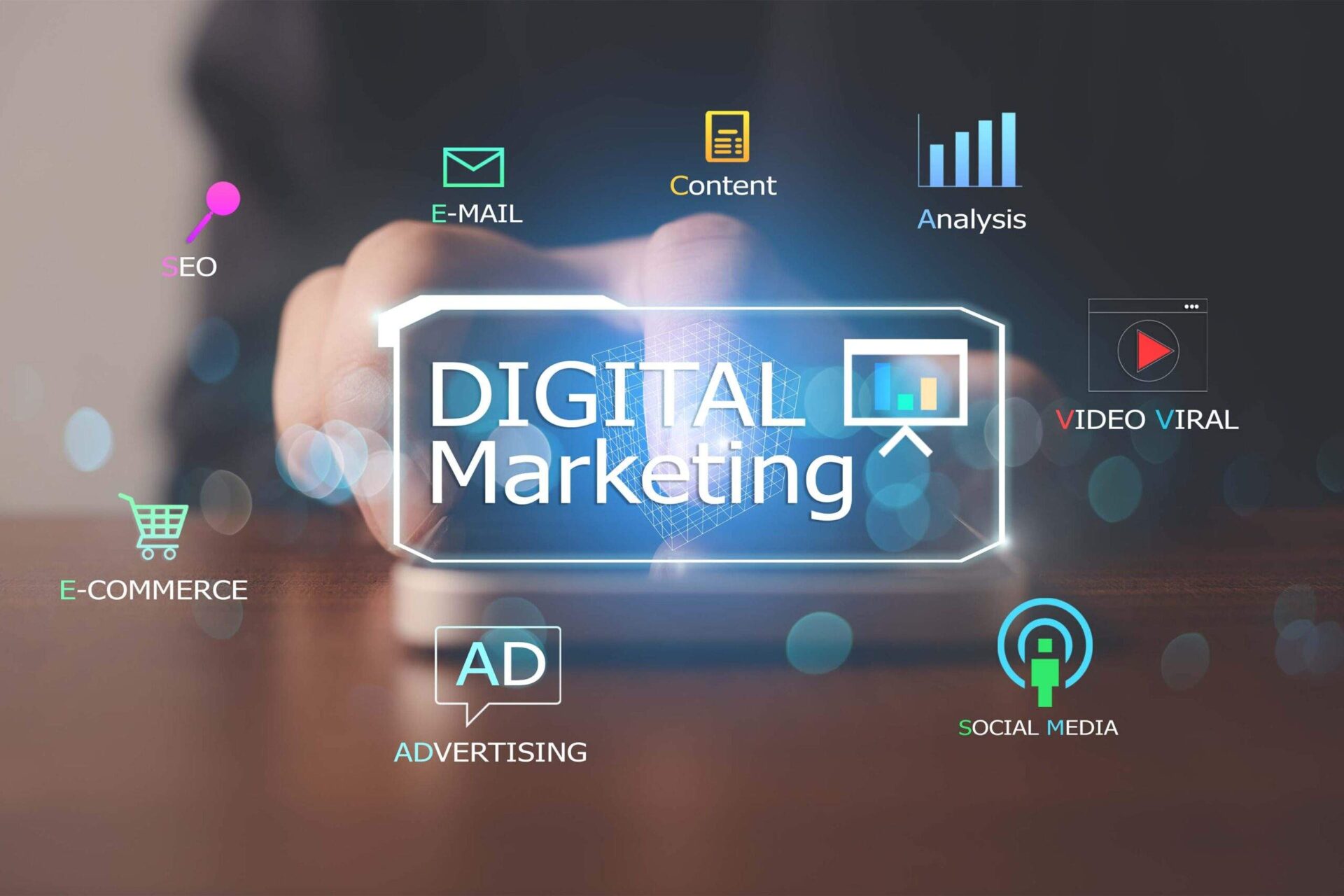Businesses that understand the power of emotional marketing and leverage psychology to drive customer engagement outperform those that don’t. Think about it this way: as consumers, we make most of our decisions based on how we feel – whether considering a purchase or responding to an advertisement. By tapping into emotion, you can create powerful connections with your customers and draw them into your product story in ways no other medium can. In this blog post, we’ll discuss what emotional marketing is and show you how some brands have used psychological techniques to capture the hearts (and wallets) of their audience!
Understanding the Basics of Emotional Marketing
Emotional marketing is a powerful tool that businesses can use to create lasting connections with their customers. By tapping into their customers’ emotions, companies can create memorable experiences that resonate with them long after the initial interaction. The basics of emotional marketing involve understanding and appealing to the desires, fears, and motivations that drive consumer behavior. For a business to be successful with emotional marketing, they must first identify the emotional triggers that affect their target audience. By leveraging these triggers, businesses can create effective campaigns that capture the attention of their customers and differentiate themselves from competitors. Overall, understanding the basics of emotional marketing can help businesses build stronger relationships with their customers and achieve long-term success.
Why is Emotional Marketing Important?
Emotional marketing has a significant impact on businesses today. Consumers are no longer just interested in the products or services a company offers, but they are also looking for a connection with the brand. Emotional marketing is all about creating an emotional link between the consumer and the brand. It’s about telling a story that resonates with people and makes them feel something. When consumers feel emotionally connected to a brand, they are more likely to become loyal customers. Emotional marketing can also help businesses stand out in a crowded marketplace by creating a unique identity and voice that people can relate to. By tapping into their consumers’ emotions, businesses can create a deeper and more meaningful relationship with their customers.
How to Apply Psychology to Appeal to Consumers’ Needs on an Emotional Level
Understanding consumer behaviors and needs is fundamental to any successful marketing strategy. By applying psychology to appeal to consumers’ emotional needs, businesses can create a stronger connection and build brand loyalty.
- One technique is to create a sense of urgency or scarcity, tapping into consumers’ fear of missing out.
- Another strategy is to use social proof, highlighting positive reviews or user-generated content to show that others like them have made the same choice.
- Additionally, brands can appeal to consumers’ desire for status or self-expression, offering unique or exclusive products that reinforce their identity.
By understanding these emotional drivers, brands can create powerful marketing campaigns that resonate with consumers on a deeper level.
Leveraging Positive Emotions in Your Advertisements
Emotional marketing is a powerful tool that businesses can use to connect with their audience on a deeper level. It’s all about leveraging positive emotions to elicit a response from your target market. Whether it’s joy, excitement, or nostalgia, emotions have the ability to influence our decisions and behaviors. By tapping into these emotions, businesses can create a bond with their consumers that goes beyond just selling a product. A digital marketing agency can also help utilize emotional marketing in various forms of advertising including commercials, social media campaigns, and even packaging design. When done correctly, emotional marketing can increase brand loyalty and customer retention, ultimately leading to business success.
Crafting Compelling Narratives Through Storytelling
By crafting compelling narratives, companies can tap into their customers’ emotions and create a lasting impression. The power of storytelling lies in its ability to elicit an emotional response and create a relatable experience for the consumer. These narratives weave together the brand’s values, mission, and purpose, all while drawing the reader in and evoking feelings of empathy or inspiration. Through strategic emotional marketing campaigns, brands can foster loyal fans who feel a personal connection to their message and are more likely to engage with their content. It all starts with a well-crafted story that resonates with your audience and sparks an emotional response.
Leverage Social Proofing to Gain Trust and Credibility
In today’s digital age, gaining trust and credibility can make or break a business. One effective way to achieve this is through the use of social proofing. Social proofing involves showcasing positive reviews, testimonials, and other forms of endorsements from satisfied customers. By highlighting the experiences of others, potential customers are more likely to trust and feel confident in doing business with your company. Social proofing can be accomplished through various means such as social media, review websites, and even on your own website. By leveraging social proofing, your business can establish a reputation of reliability and trustworthiness, ultimately leading to greater success.
Creating Urgency with Scarcity Marketing Tactics
In a world where consumers are constantly bombarded with ads and promotions, it can be difficult to make your product or service stand out. That’s where scarcity marketing tactics come in. By creating a sense of urgency through limited-time offers or limited quantities of a product, you can motivate customers to act quickly before they miss out. Fear of missing out (FOMO) is a powerful motivator, and scarcity marketing taps into this by making customers feel like they need to act now or risk losing out on a great opportunity. Whether it’s a flash sale, a limited edition product, or simply highlighting the remaining stock of a popular item, using scarcity marketing tactics can help drive sales and create buzz around your brand.
Implementing Customer Feedback to Refine Emotional Marketing Strategies
It can be challenging to determine the best way to appeal to customers’ emotions while still conveying your message effectively. A smart approach is to take advantage of customer feedback and use it to refine your emotional marketing strategies. By tapping into what customers are saying, you can adjust your messaging, presentation, and company culture to speak directly to them in a language they understand. From social media comments to surveys, mining customer feedback gives you the ability to tailor your marketing messages in a way that resonates deeply with your target audience, leaving a lasting impression that can drive customer loyalty and sales.
Examples of Brands That Have Perfected Emotional Marketing
Emotional marketing is a strategy that more and more brands are using in order to connect better with their target audience. Through this marketing strategy, brands aim to evoke different emotions, such as love, trust, happiness and hope, so as to create positive associations between the product or service and consumers. Some brands have perfected emotional marketing to such an extent that their campaigns have become the stuff of legend.
- Coca-Cola has been using emotional marketing techniques since the 1970s with campaigns that promote love, happiness, and unity.
- Nike, on the other hand, has a message of perseverance and determination in their ‘Find Your Greatness’ campaign, encouraging its customers to be the best they can be.
These are just a few examples of brands that have succeeded in perfecting their emotional marketing campaigns, creating lasting impressions in the minds of their customers.
Conclusion
Emotional marketing is just as essential for businesses today as traditional methods of marketing. By understanding and applying the psychological principles discussed in this blog post on emotional and digital marketing strategy, you can create bolder and more effective campaigns that will have better reach and more resonance with consumers. This knowledge puts you at the forefront and will enable your brand to stand out from the competition. Additionally, it is imperative to pay attention to customer feedback, which will allow you to refine your emotional marketing strategies further. Brands such as Hubspot, Nike, PepsiCo, Dunkin Donuts, and Coca-Cola are all examples of companies that have successfully utilized emotional marketing and achieved great results. So take a page out of these brands’ books – be creative and don’t be afraid to break out of the convention if needed – and implement emotional marketing into your next campaign!





























